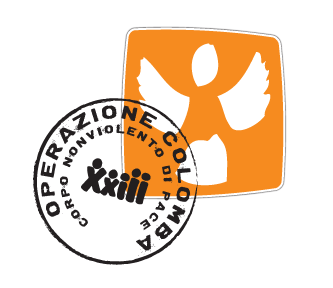The situation of the Mapuche people ("people of the land") in Chile is very complex and sensitive.
As native population, the Mapuche have the right to recognition and respect for their cultural identity, their language, their traditions, and their history.
However, the latter has always been marked by conflicts with the Chilean state and assimilation policies.
The Mapuche are the only native people in Chile who have managed to resist the invasion by the Spanish colonizers. For centuries they have been fighting for the recovery and claim of the territory that is rightfully theirs.
The main conflict concerns, in particular, the control and management of the wallmapu ("all Mapuche territory"), rich in natural resources.
Mining companies and multinational corporations have often ignored the rights of the Mapuche, thus leading to a series of riots and protests.
At the same time, the national policies of economic development, modernization and alignment to European and Western standards have neglected the needs and demands of the Mapuche people, causing social and economic inequalities.
Within this framework we find four companies (Norwegian and Danish) that produce feed for salmons in Pargua, province of P.to Montt, southern Chile.
These systems were installed in the early 2000s. Since then, they have damaged the ecosystem and the surrounding environment with the continuous release of gases, vapors and oily liquids, contaminating both the flora and the local inhabitants.
The deforestation of the territory and the consequent construction of businesses have had negative effects on the local ecosystem, including the draining of rivers and, therefore, a decrease in the amount of available water.
In addition to the strong environmental effects, another concern that the community has is the lack of transparency from entrepreneurs and local authorities regarding the environmental impact of factories and the waste they generate.
Initially given the limited mobility and the work in the field, the inhabitants did not have the opportunity to see what was happening beyond the small hill, near the area where they live.
It seems that only one company out of four has been more transparent with the local population.
This company appealed to the so-called SEA (Strategic Environmental Assessment: process that evaluates the effects of the development of territorial programs and plans, analyzes the territory as a whole, gives a more complete picture and also pays attention to the opinion of the local population).
The remaining companies, on the other hand, have chosen to adopt the EIA (Environmental Impact Assessment: used in the design phase, which aims to evaluate the impact of single works and projects on a territory).
In the latter case, the inhabitants are not aware of the whole process and, for this reason, the community presented an application to the Inter-American Commission on Human Rights 15 years ago, for which it is still awaiting a response.
Meanwhile, the surrounding environment is slowly deteriorating and being destroyed due to the harmful substances that are released into the river, wood and sea every day.
The Mapuche struggle in this area is aiming to achieve important results because in addition to the conflict with businesses and the State, that seems not to listen to their claims, there are also disagreements with some families of the community who are slowly moving towards a negotiation with the mentioned companies.
Even how they communicate their needs and demonstrations are limited, since over time the newspaper which used to support them has undertaken a policy opposite to theirs.
The community's struggle, however, continues despite these obstacles.
In 2008, the Mapuche-Lafkenche Law (Ley n. 20.249 which claims the recognition and protection of the territorial rights of the coast) made it possible to officially establish the local indigenous community.
Thanks to this acknowledgment, the local community has been organizing a cultural and music festival for 15 years, that helped to retrieve part of the area which would have been allocated to build the harbor.
In this way, it was possible to preserve the indigenous uses of the maritime coastal zone so that the local community could administer it autonomously.
Meg






 OPERAZIONE COLOMBA
OPERAZIONE COLOMBA
